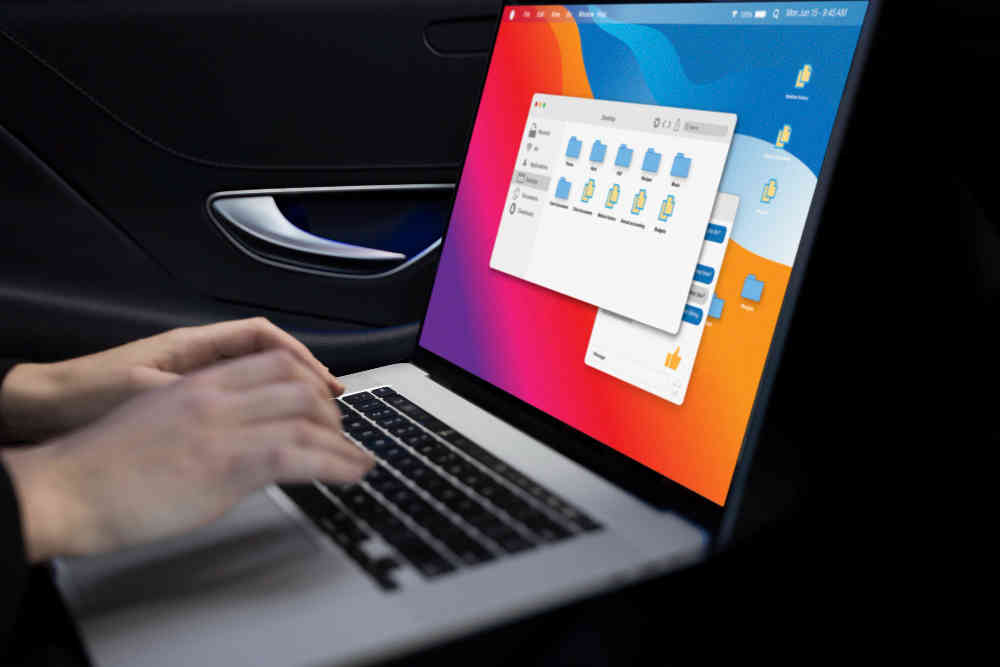Let’s face it. Whether you’re managing an extensive project or just trying to get that one vital piece of information, requesting files from clients and colleagues can sometimes feel like pulling teeth.
But, hey, it doesn’t have to be that way! Enter Google Drive—a tool that can turn this often painful process into a smooth and (dare I say it) enjoyable experience.
Why Google Drive?
Before we dive into the how-to, let’s get on the same page about why Google Drive is your best friend in this scenario. Here’s why Google Drive rocks:
- Universal Access: Whether your client is in New York or New Delhi, they can access Google Drive.
- Compatibility: Google Drive works with almost every file type you can think of.
- Cloud Storage: No more “I can’t find the file” excuses. Everything is up there in the cloud.
- Collaborative Features: Real-time updates and file sharing make it easy for everyone to stay on track.
Alright, now that we’ve covered why Google Drive is awesome, let’s get to the nitty-gritty of efficiently requesting files.
Step-by-Step Guide to Requesting Files
Here’s a step-by-step guide to requesting files on Google Drive.
1. Create a Shared Folder
The first step in your journey to efficient file collection is creating a shared folder. This will serve as the central hub for all the files you need.
- Open Google Drive.
- Click on “New” and then “Folder.”
- Name your folder something intuitive (e.g., “Project XYZ Files”).
- Click “Create.”
Boom! You’ve got yourself a brand-new folder.
2. Share the Folder
Once your folder is ready, it’s time to invite your clients and colleagues to the party.
- Right-click on the folder and select “Share.”
- Enter the email addresses of the people you need files from.
- Choose whether they can edit, comment, or just view.
- Hit “Send.”
Make sure to add a little note like, “Hey team, please upload all the necessary files here!”
3. Set Up Folder Permissions
Google Drive allows you to set specific permissions to keep things secure and organized.
- View Only: Use this if you don’t want people messing around with other files.
- Comment: Ideal for feedback without allowing changes.
- Edit: Perfect for collaborative projects where everyone needs to contribute.
4. Request Files via Google Forms
Sometimes, just sharing a folder isn’t enough. You need more information. Enter Google Forms. It’s a super handy feature that lets you create a form that respondents can fill out and attach files to.
- Go to Google Forms and create a new form.
- Add fields for all the information you need.
- Enable the “File Upload” option.
- Share the form with your clients and colleagues.
5. Use Google Drive Requests
Did you know Google Drive has an actual file request feature? Yes, it does, and it’s a game-changer. Here’s how to use it:
- Go to the shared folder.
- Click on the “Request files” button.
- Copy the link generated.
- Send this link to everyone who needs to upload files.
It’s that easy!
6. Organize the Received Files
Once you start receiving files, organization is key. Here are some tips to keep everything tidy:
- Naming Conventions: Set a standard naming convention for files (e.g., ClientName_ProjectName_Date).
- Subfolders: Create subfolders within your main folder for different categories or phases of the project.
- Tagging: Use Google Drive’s tagging feature to mark files as “Reviewed,” “Pending,” etc.
7. Try Third-Party Tools
You can also try third-party tools such as File Request Google Drive — it makes the process a lot easier!
Remember, requesting files doesn’t have to be a tedious task filled with back-and-forth emails and endless follow-ups. By leveraging Google Drive’s robust features and following these steps, you can make the process smooth, efficient, and even enjoyable.
Ah, the sweet scent of efficiency! Now, go forth and request those files like the organizational wizard you are. And hey, maybe even crack a smile while you’re at it.






